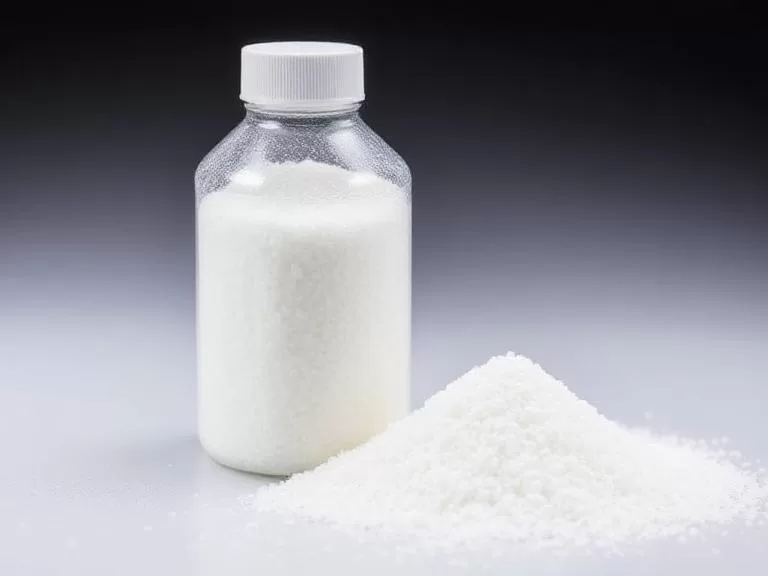Desiccant Masterbatch is an essential additive in plastic manufacturing designed to remove moisture from polymer materials. Moisture can severely affect the quality of plastic products — leading to surface defects, bubbles, and reduced mechanical strength. This is where desiccant masterbatch plays a crucial role.

In this comprehensive article, we will explore what desiccant masterbatch is, how it works, its benefits, applications, manufacturing process, and why Charming Masterbatch stands as a global leader in high-quality masterbatch production.
Table of Contents
- What is Desiccant Masterbatch?
- How Desiccant Masterbatch Works
- Key Benefits of Using Desiccant Masterbatch
- Applications in Plastic Manufacturing
- Manufacturing Process
- About Charming Masterbatch
- Summary Table
- FAQs
- References
What is Desiccant Masterbatch?
Desiccant Masterbatch is a specialized additive designed to absorb and neutralize moisture during plastic processing. It is typically composed of calcium oxide (CaO) or other drying agents dispersed in a polymer carrier resin. This masterbatch prevents issues caused by moisture contamination in plastic resins, especially in hygroscopic materials like PE, PP, and recycled plastics.
Moisture often enters plastics through improper storage, humid environments, or recycled materials. When processed, this moisture turns into steam, causing voids, silver streaks, and decreased mechanical performance. By adding desiccant masterbatch, manufacturers can eliminate these defects efficiently.
Common Components
- Calcium Oxide (CaO) — the primary moisture absorber.
- Polyethylene (PE) or Polypropylene (PP) carrier resin.
- Processing aids to ensure uniform dispersion.
How Desiccant Masterbatch Works
The mechanism of desiccant masterbatch is simple yet effective. During plastic processing (extrusion, injection, or film blowing), the masterbatch releases its active drying agent that reacts chemically with water molecules to form stable hydroxides, removing moisture permanently.
Step-by-Step Process:
- 1. Addition: Desiccant masterbatch is mixed with polymer granules before processing.
- 2. Heating: When heated, the desiccant reacts with moisture, converting it into a stable, non-volatile compound.
- 3. Purification: The result is a moisture-free plastic melt, ensuring improved product quality and consistency.
This process allows manufacturers to use recycled plastics or materials stored in humid conditions without pre-drying — saving both energy and time.
Key Benefits of Using Desiccant Masterbatch
- Improved Product Quality: Eliminates surface defects, bubbles, and streaks caused by moisture.
- Reduced Drying Costs: Minimizes or removes the need for pre-drying resins.
- Enhanced Productivity: Streamlines production processes with fewer interruptions.
- Compatible with Recycled Materials: Enables smooth processing of regrind or post-consumer plastics.
- Cost Efficiency: Reduces energy consumption and equipment maintenance related to drying systems.
In addition to these advantages, using desiccant masterbatch contributes to sustainable plastic manufacturing by enabling efficient recycling processes and reducing waste.
Applications in Plastic Manufacturing
Desiccant masterbatch is used across multiple industries and applications where moisture is a concern. It is compatible with various plastic processing methods such as film blowing, injection molding, extrusion, and lamination.
Common Application Areas:
- Plastic Films: For packaging films, shrink wraps, and stretch films where transparency and strength are crucial.
- Injection Molded Parts: Ensures smooth surfaces in automotive and consumer goods.
- Blow Molding: Used in bottles, containers, and industrial drums to eliminate bubble formation.
- Recycled Plastics: Essential for moisture control in recycled PP, PE, and PET materials.
Manufacturing Process of Desiccant Masterbatch
High-quality desiccant masterbatch requires precision and expertise in compounding and dispersion technology. The process involves the blending of active drying agents with a polymer carrier using twin-screw extruders.
Typical Manufacturing Steps:
- 1. Material Preparation: Selection of high-purity calcium oxide and appropriate polymer carrier.
- 2. Mixing: Uniform blending of ingredients using advanced mixing systems.
- 3. Extrusion: The mixture is melted and compounded using twin-screw extruders for even dispersion.
- 4. Pelletizing: The extrudate is cooled and cut into pellets for easy handling and dosing.
- 5. Quality Control: Rigorous testing for moisture absorption rate, particle size, and thermal stability.
About Charming Masterbatch

Charming Masterbatch is a globally recognized manufacturer of color and functional masterbatches, committed to delivering superior quality and innovation in polymer compounding.
With advanced twin screw machines from Germany and decades of expertise in pigment dispersion technology, Charming provides stable high-quality color masterbatch and creative functional masterbatch solutions for customers across diverse industries.
Charming Masterbatch is well-known in the Chinese market and exports to over 18 countries including Europe, South America, Southeast Asia, the Middle East, and North Africa.
Beyond products, Charming offers complete technical support and customized development cooperation — helping clients solve practical production challenges and launch new, innovative projects.
Our Product Portfolio:
Charming Masterbatch takes pride in sharing its expertise and technology with customers worldwide, ensuring growth and success together.
Summary Table
| Feature | Description |
|---|---|
| Function | Removes moisture from plastic materials during processing. |
| Main Ingredient | Calcium Oxide (CaO) or similar drying agents. |
| Applications | Films, injection molding, blow molding, recycling. |
| Benefits | Improved quality, reduced drying costs, energy efficiency. |
| Supplier Highlight | Charming Masterbatch — global leader in masterbatch solutions. |
FAQs — Desiccant Masterbatch
1. How much desiccant masterbatch should be used?
The recommended dosage is typically between 1% to 3% depending on the moisture level of the raw material and processing conditions.
2. Can desiccant masterbatch replace pre-drying completely?
Yes, in many cases. For most PE and PP applications, desiccant masterbatch effectively eliminates the need for pre-drying, reducing energy costs.
3. Is it suitable for all types of plastics?
Desiccant masterbatch is compatible with most thermoplastics, but it’s most effective with polyolefins (PE, PP) and recycled materials.
4. How should it be stored?
It should be stored in a dry, cool place, sealed properly to avoid premature moisture absorption.
